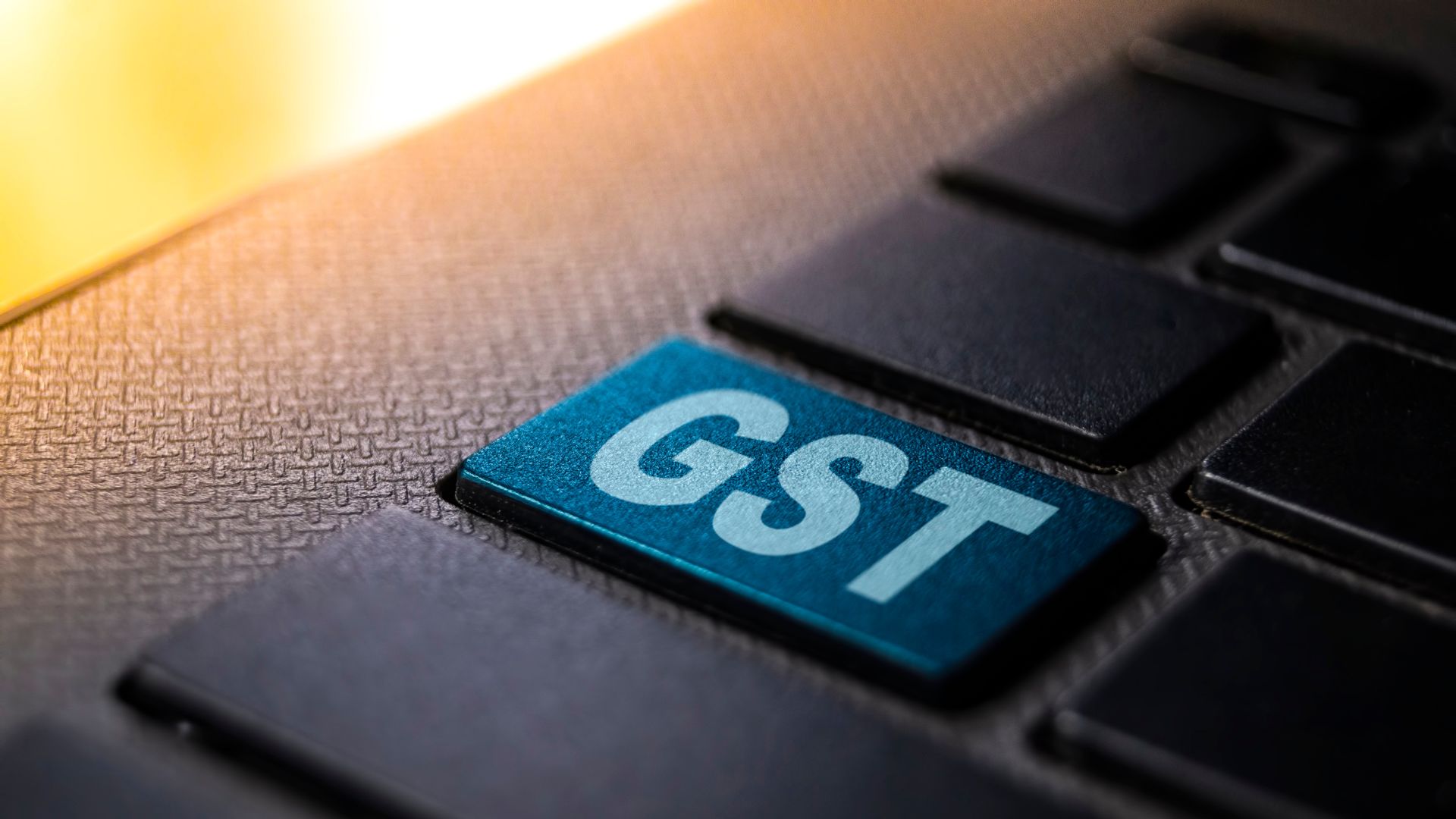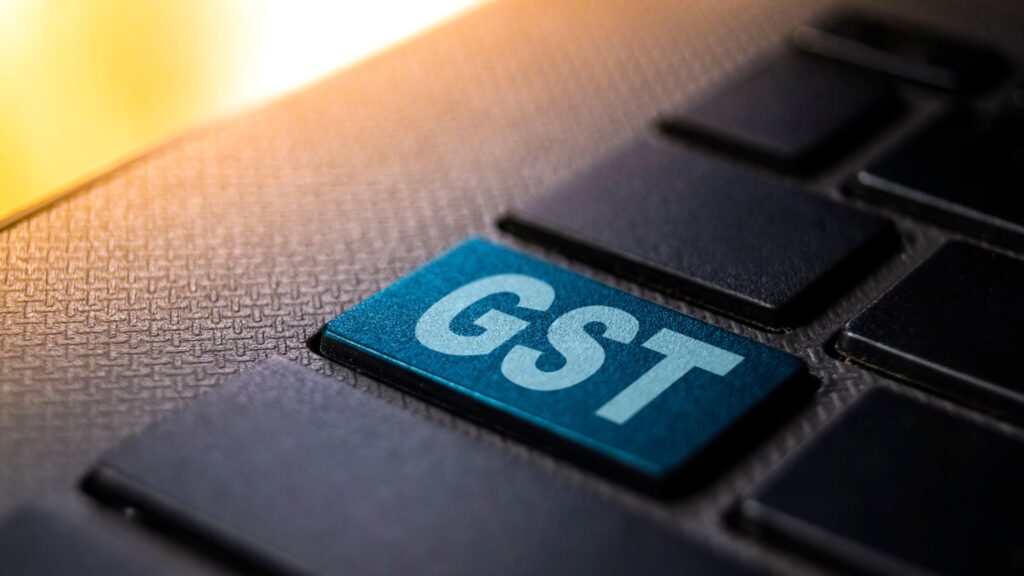
14 Feb Analysis of GST Implications on Residential Flat Sales

The implementation of Goods and Services Tax (GST) in 2017 marked a significant shift in India’s economic landscape, particularly affecting the real estate sector and the sale of residential flats. In this article, we will delve into the intricate details of GST rates applicable to residential properties, including exemptions, and analyze their implications for developers and homebuyers.
GST Rates on Sale of Residential Flats
GST rates on residential property transactions vary based on the type of property involved. These categories typically include:
- Under-construction Properties: Under this category, the GST rate stands at 5%. However, the tax is calculated on only two-thirds of the total amount charged, as the remaining one-third is deemed to represent the value of land or the undivided share of land provided to the buyer.
- Ready-to-move Flats: To prevent double taxation, no GST is levied on ready-to-move-in flats, as GST has already been paid during the construction phase by developers.
- Properties Based on Housing Benefits: The government has introduced differentiated GST rates based on limited housing categories, distinguishing between affordable and non-affordable housing. Affordable housing units attract a reduced GST rate of 1%, while non-affordable housing units are subject to a 5% GST rate without Input Tax Credit (ITC). With ITC benefits, the rates increase to 12% for affordable housing and 18% for non-affordable housing, aimed at enhancing accessibility for lower and middle-income segments.
Applicability of Input Tax Credit
The dynamics of Input Tax Credit (ITC) play a crucial role for both developers and homebuyers under the evolving GST regime. Developers can claim ITC for GST paid on inputs like raw materials and services, offsetting it against their GST liability on property sales. However, frequent changes in ITC rules aim to prevent malpractice and ensure consumer benefits.
GST on Flats Below 45 Lakh
In an endeavor to make residential properties more affordable, the government introduced a scheme effective from April 1, 2019. Under this scheme, residential projects meeting certain criteria attract a reduced GST rate of 1%, provided the carpet area and value fall below specified thresholds.
Strategies to Minimize GST on Flat Purchases
Several strategies can help individuals minimize or avoid GST implications on flat purchases, including opting for ready-to-move-in flats, considering resale properties, or exploring affordable housing projects.
Impact on Developers and Homebuyers
The inclusion of GST has significantly impacted both developers and homebuyers. Developers must navigate complex tax calculations while ensuring compliance with affordable housing criteria and ITC eligibility. Similarly, homebuyers must stay abreast of GST rates and compliance requirements, navigating complexities associated with under-construction properties.
Conclusion
While GST has simplified India’s taxation system, its implications on residential flat sales underscore the need for developers and homebuyers to remain vigilant and informed. Adhering to evolving regulations and seeking expert guidance can help navigate the complexities of GST and ensure compliance at every stage of property transactions.


No Comments